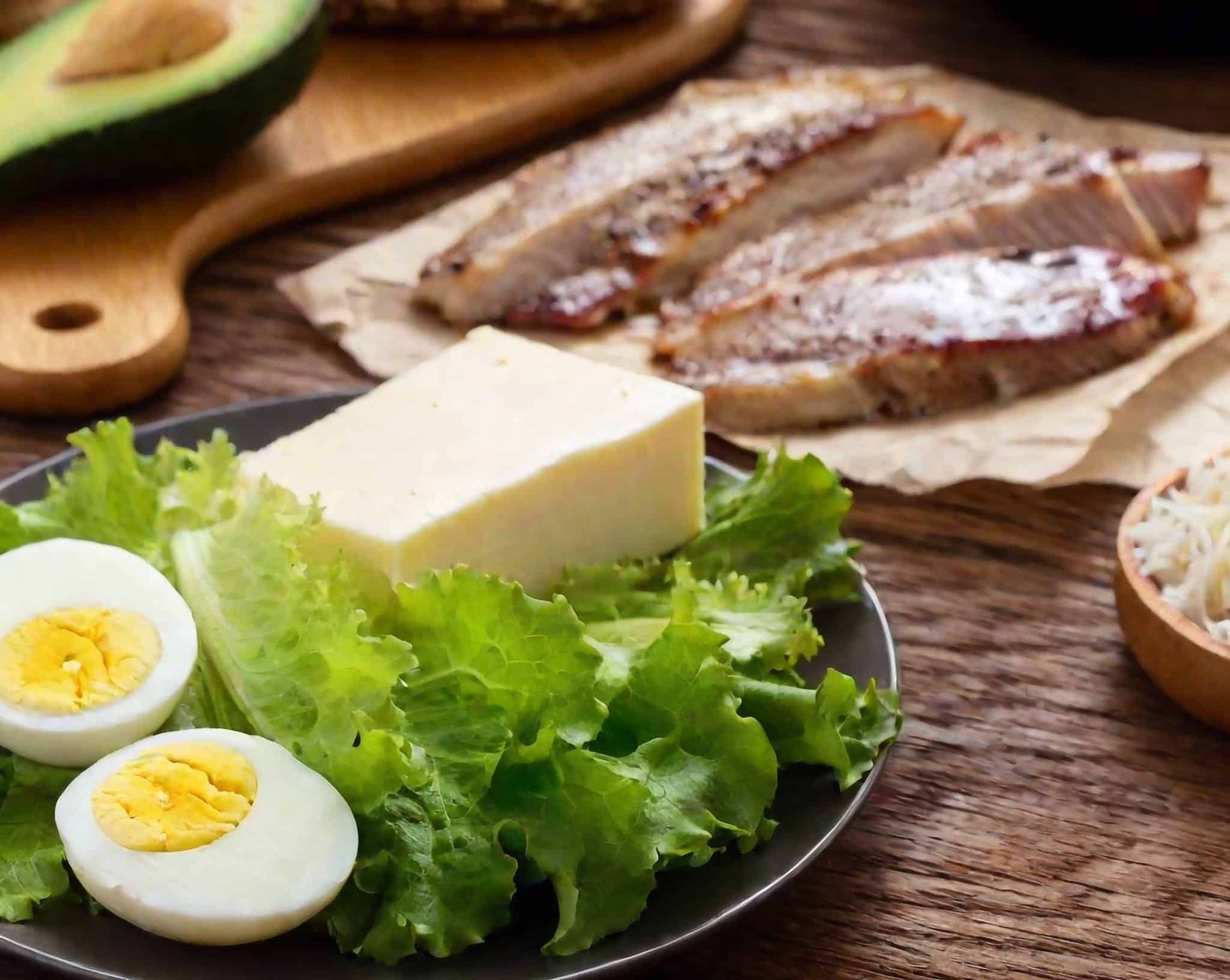What Is the Keto Diet?
The ketogenic diet, commonly known as the keto diet, is a high-fat, low-carbohydrate eating plan designed to shift the body’s metabolism away from carbohydrates and toward fat. This diet drastically reduces carbohydrate intake and replaces it with fat, leading the body into a state known as ketosis. Originally developed in the 1920s to treat epilepsy, the keto diet has gained popularity in recent years for its potential benefits in weight loss, blood sugar control, and improved energy levels.
How Is It Different Than Other Low-Carb Diets?
While the keto diet is often grouped with other low-carb diets, it has distinct differences. Traditional low-carb diets generally focus on reducing carbohydrates while allowing for moderate protein and higher fat intake. The keto diet, however, takes this a step further by significantly increasing fat intake (typically around 70-80% of total daily calories), maintaining moderate protein intake (about 20-25%), and drastically reducing carbohydrates (to only about 5-10%). This unique macronutrient distribution forces the body to enter ketosis, a metabolic state where fat becomes the primary fuel source instead of glucose.
What Do I Eat on the Ketogenic Diet?
Adopting the keto diet means embracing a variety of high-fat, low-carb foods. Here’s a quick guide to what you can enjoy and what to avoid:
Foods To Eat
Meats and Seafood: Beef, pork, lamb, chicken, turkey, salmon, tuna, and shrimp.
Healthy Fats: Avocado, olive oil, coconut oil, butter, and ghee.
Low-Carb Vegetables: Leafy greens, broccoli, cauliflower, zucchini, and bell peppers.
Dairy: Cheese, cream, and full-fat yogurt.
Nuts and Seeds: Almonds, walnuts, chia seeds, and flaxseeds.
Berries: Strawberries, raspberries, and blackberries in moderation.
Beverages: Water, herbal teas, and coffee without sugar.
Foods To Avoid
Sugary Foods: Sodas, candies, cakes, and pastries.
Grains and Starches: Bread, pasta, rice, and cereals.
High-Carb Vegetables: Potatoes, corn, and peas.
Fruits: Bananas, apples, and oranges (except berries in moderation).
Legumes: Beans, lentils, and chickpeas.
Unhealthy Fats: Processed vegetable oils and trans fats.
What Is Ketosis?
Ketosis is the metabolic state where your body burns fat for fuel instead of carbohydrates. Normally, your body converts carbs into glucose, which is used for energy. However, when carbohydrate intake is significantly reduced, glucose levels drop, and the body must find an alternative fuel source. In response, the liver begins to break down fats into ketones, which are then used to power the body’s cells and organs. Achieving ketosis typically requires keeping daily carbohydrate intake below 50 grams, although individual requirements may vary.
Ketosis can offer several benefits, including enhanced fat burning, improved mental clarity, and stable energy levels throughout the day. However, it’s important to monitor your body’s response and consult with a healthcare professional, especially if you have underlying health conditions.
Want To Learn More? Speak to One of Our Trained Dietitians
The keto diet can be a powerful tool for improving health and managing weight, but it’s essential to approach it with the right knowledge and support. Our trained dietitians at Body Measure Inc. are here to help you navigate the complexities of the ketogenic diet, tailor it to your individual needs, and ensure you achieve your health goals safely and effectively. Whether you’re just starting or looking to fine-tune your approach, we provide personalized guidance to make your keto journey successful. For a dietician in Winnipeg, contact us!






